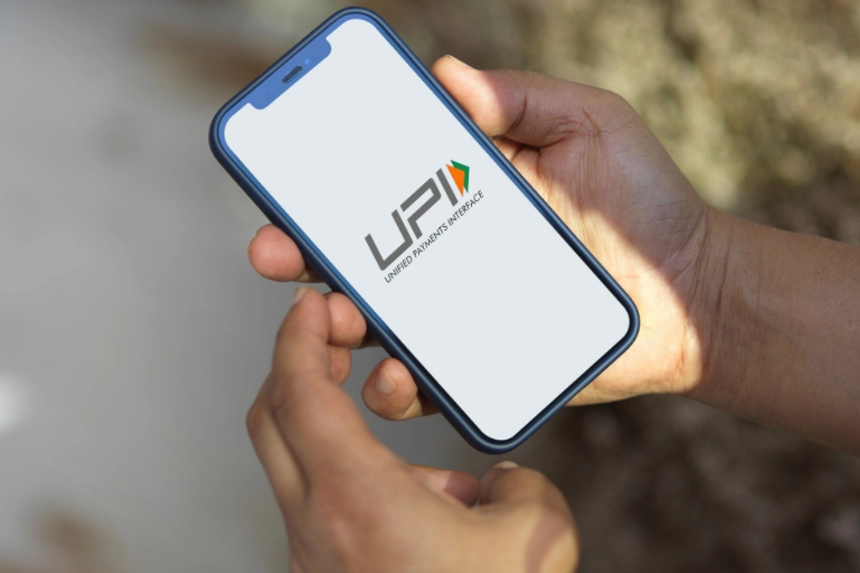In a remarkable achievement that underscores the rapid digital transformation of India’s financial landscape, the Unified Payments Interface (UPI) has recorded an unprecedented 15,547 crore transactions, representing a staggering total value of ₹223 lakh crore by November 2024. This milestone not only reflects the growing adoption of digital payments in the country but also highlights UPI’s pivotal role in promoting financial inclusion and economic growth.
Launched in 2016 by the National Payments Corporation of India (NPCI), UPI has revolutionized the way people conduct financial transactions. The platform allows users to transfer money instantly between bank accounts using smartphones, making it a preferred choice for daily transactions ranging from small purchases at local shops to larger payments for services.
The simplicity, speed, and security of UPI have contributed significantly to its rising popularity, especially among the tech-savvy younger generation. The latest statistics show a tremendous year-over-year growth in transaction volumes and values, highlighting the increasing reliance on digital payment systems among Indian consumers.
A significant driver of this growth has been the increasing availability of smartphones and internet access across the nation, particularly in rural and semi-urban areas. As internet penetration continues to rise, more people are embracing digital payment methods, resulting in a surge of UPI transactions.
Experts believe that UPI’s user-friendly interface and the ability to link multiple bank accounts under a single platform have been crucial to its success. The introduction of features such as UPI Lite, which allows for smaller, quick transactions without the need for constant internet connectivity, has further enhanced its appeal. Additionally, collaborations with various sectors, including e-commerce, hospitality, and utility services, have expanded UPI’s usability, making it a one-stop solution for all payment needs.
Moreover, the Indian government’s push towards a cashless economy has provided a robust framework for UPI’s growth. Initiatives like Digital India and incentives for businesses to adopt digital payment methods have played a significant role in encouraging consumers and merchants alike to shift away from cash transactions. The COVID-19 pandemic further accelerated this trend, as people sought contactless payment options to reduce the risk of virus transmission.
As UPI continues to set new records, the NPCI has expressed its commitment to enhancing the platform’s infrastructure to accommodate the growing demand. Plans are underway to introduce advanced security measures and improve transaction processing times, ensuring that UPI remains a safe and reliable choice for users.
Industry stakeholders are optimistic about the future of UPI and its potential to contribute to the Indian economy. Analysts predict that as more people become comfortable with digital payments, UPI could play a vital role in driving financial literacy and economic empowerment.
Furthermore, the integration of UPI with global payment systems could open up new avenues for cross-border transactions, placing India at the forefront of the global digital payment revolution.
In conclusion, the achievement of 15,547 crore transactions worth ₹223 lakh crore marks a significant milestone in UPI’s journey. It serves as a testament to the growing trust of Indian consumers in digital payment systems and highlights UPI’s potential to shape the future of financial transactions in India. As the nation continues to embrace digital innovation, UPI is poised to remain a cornerstone of India’s evolving financial ecosystem, fostering convenience, security, and inclusivity for all.








